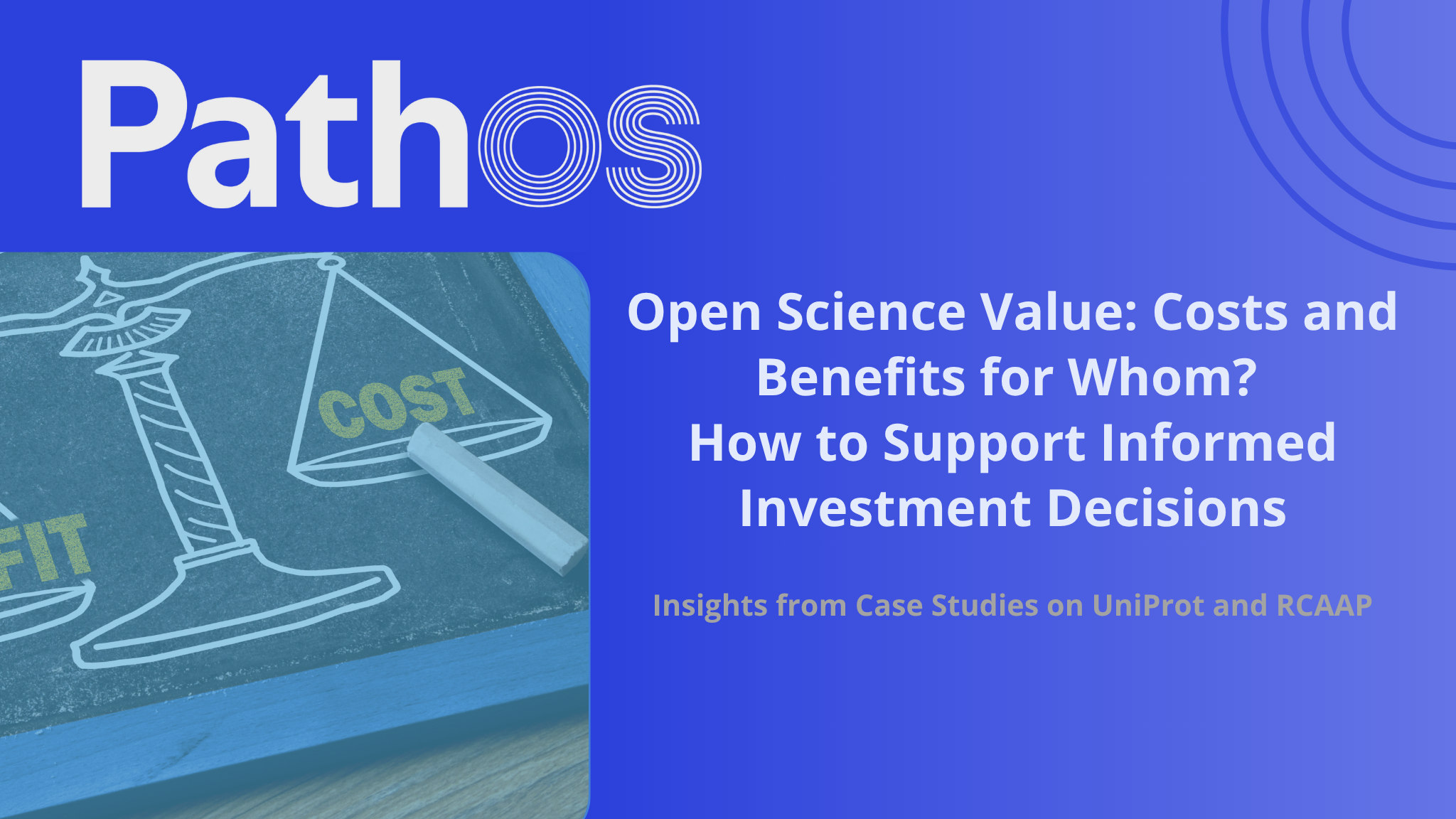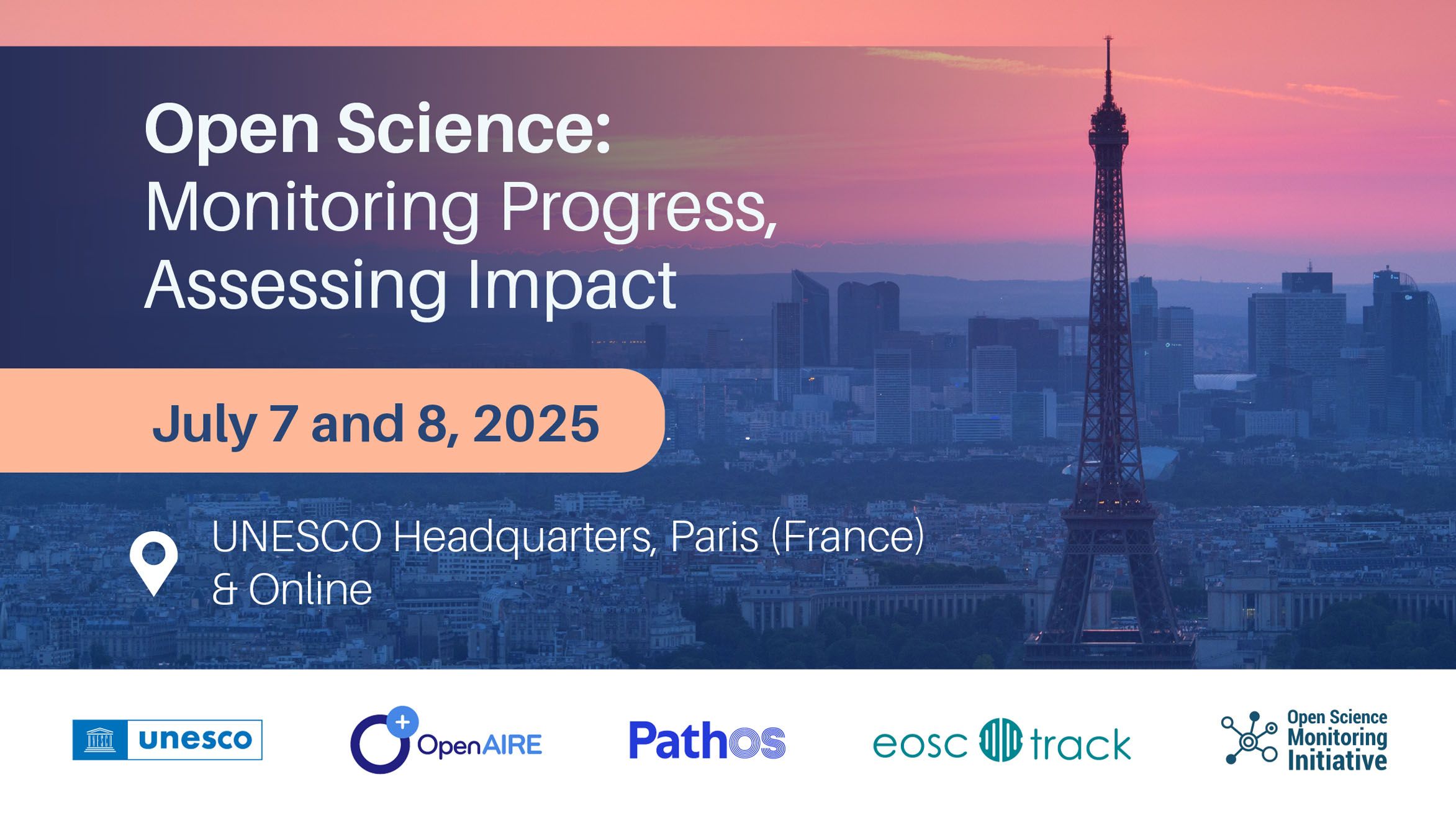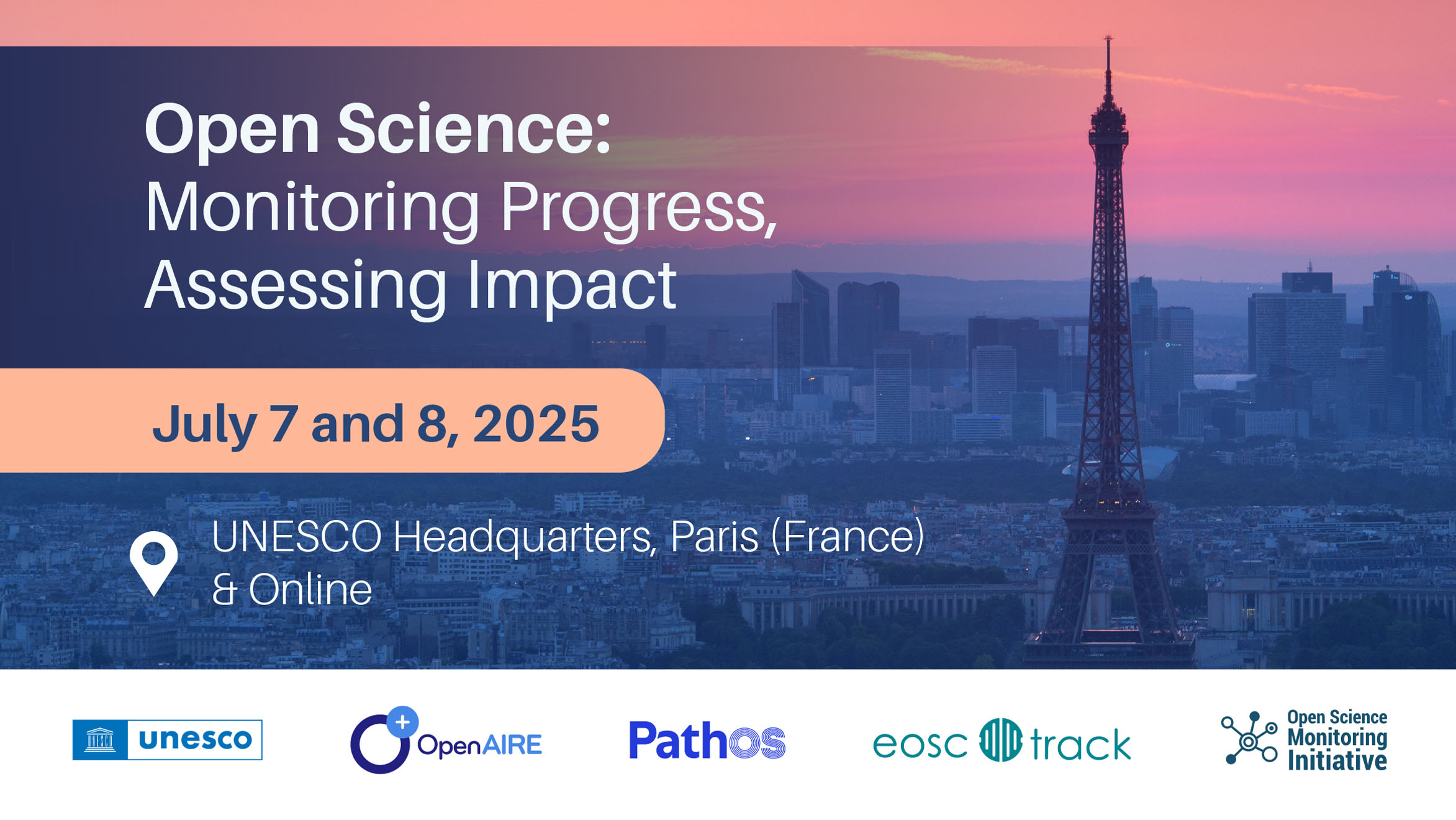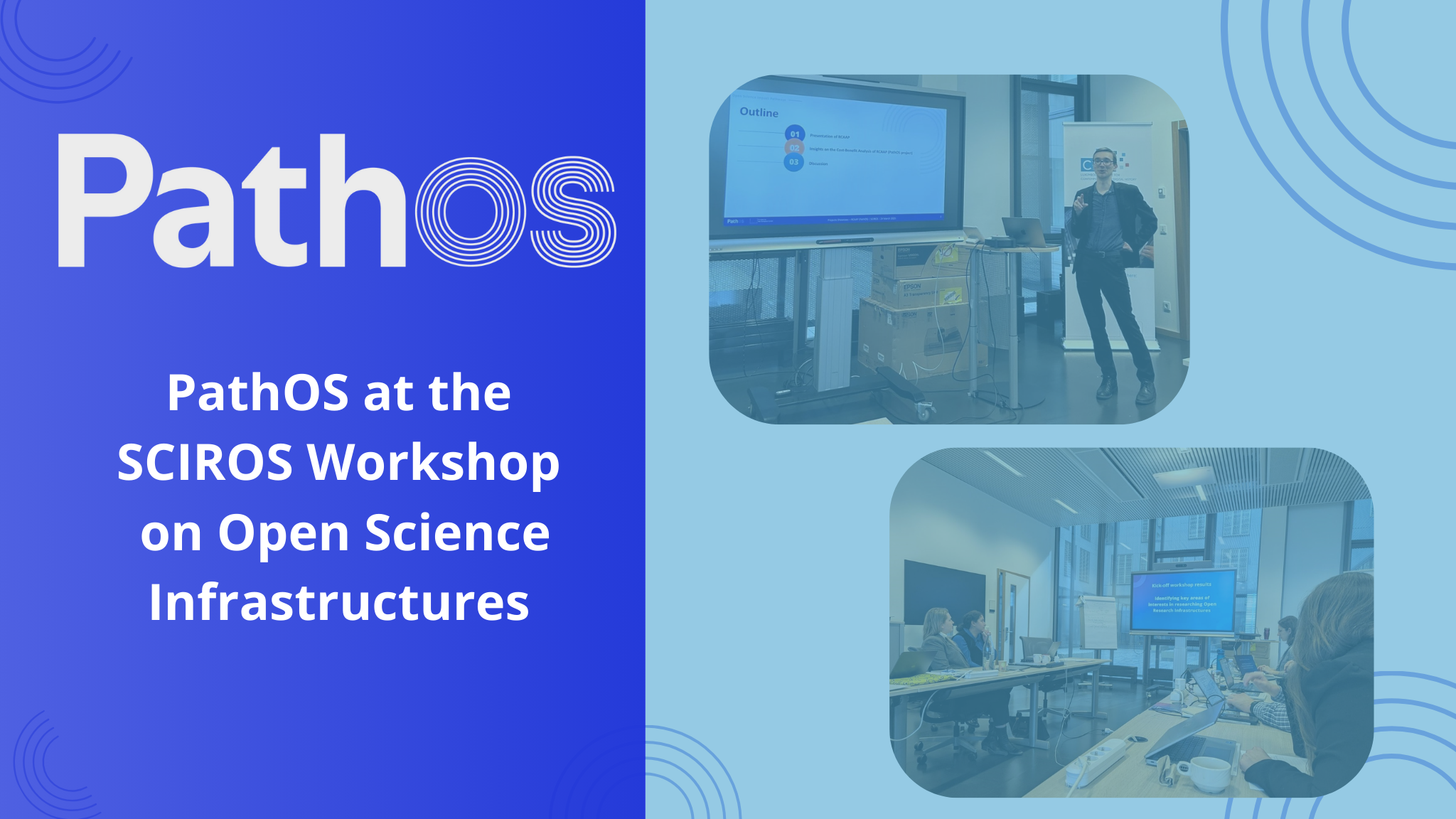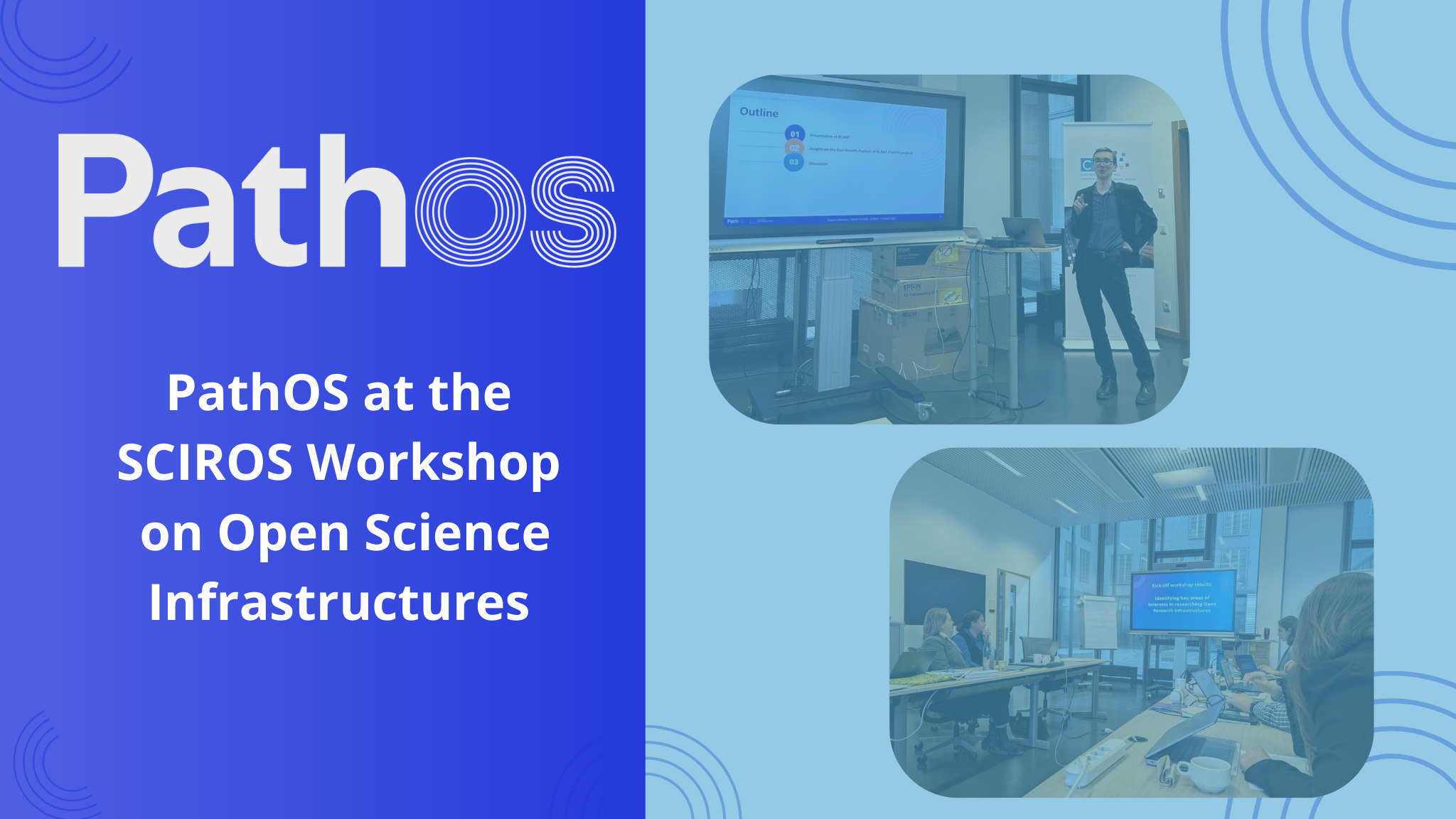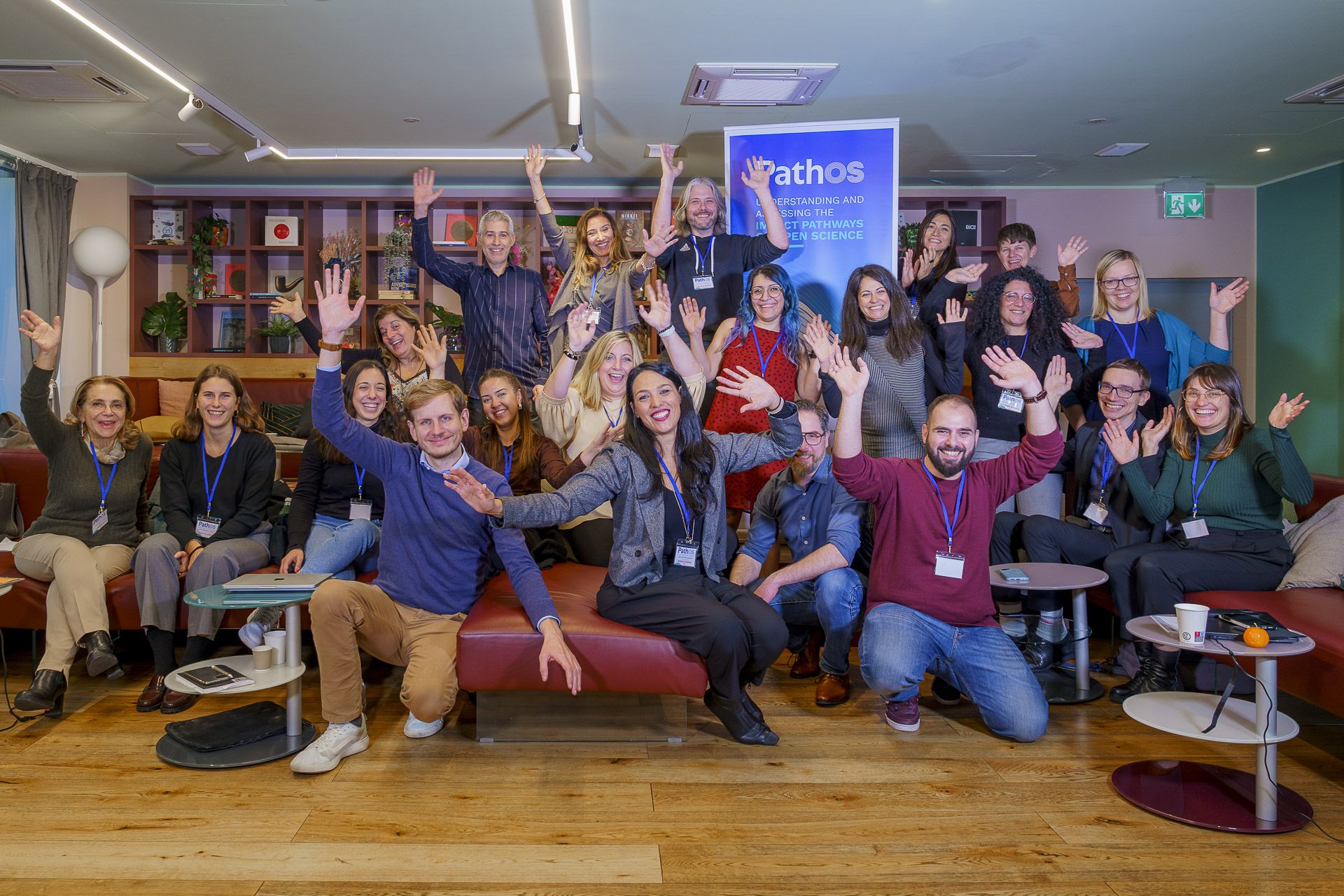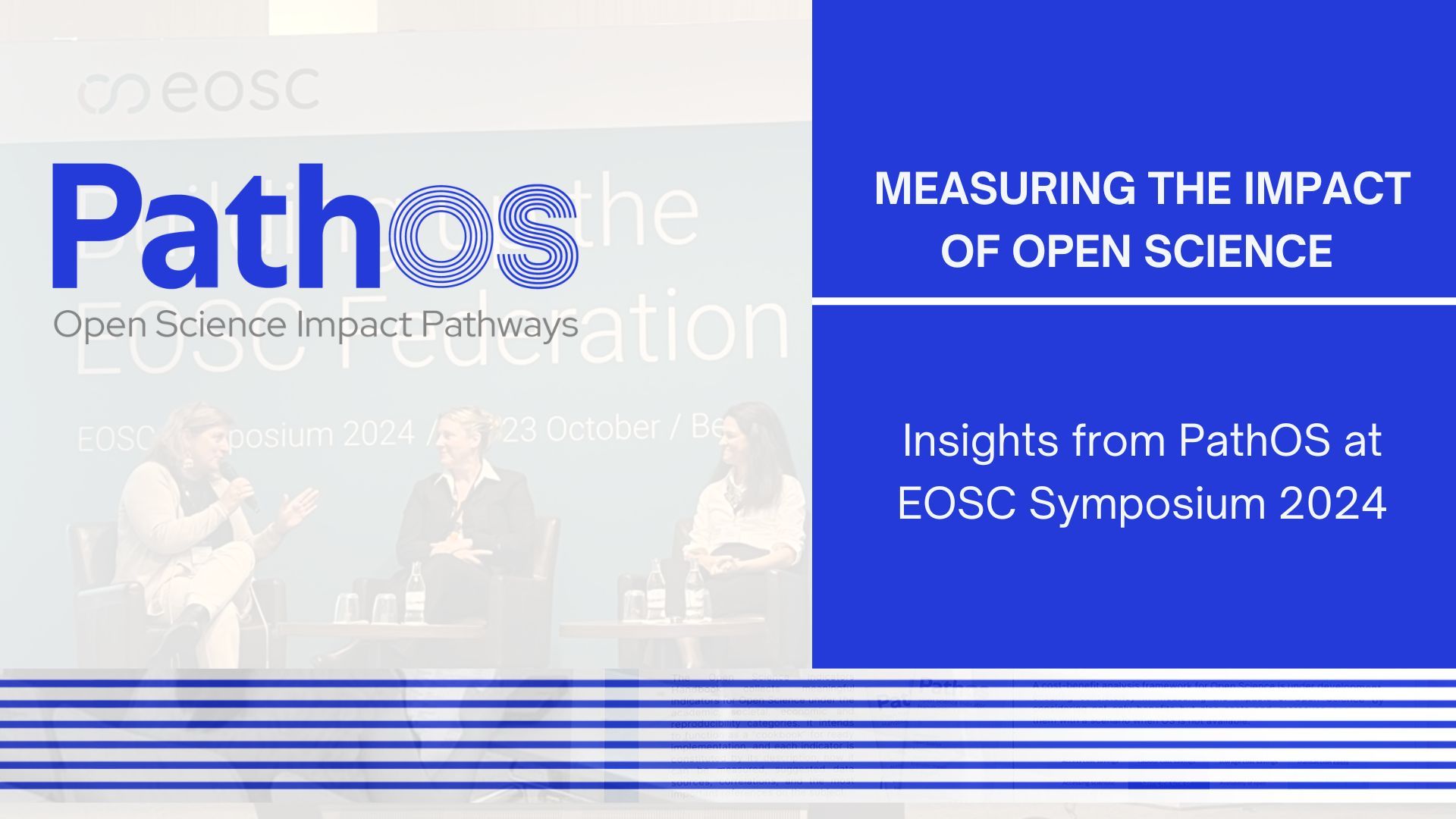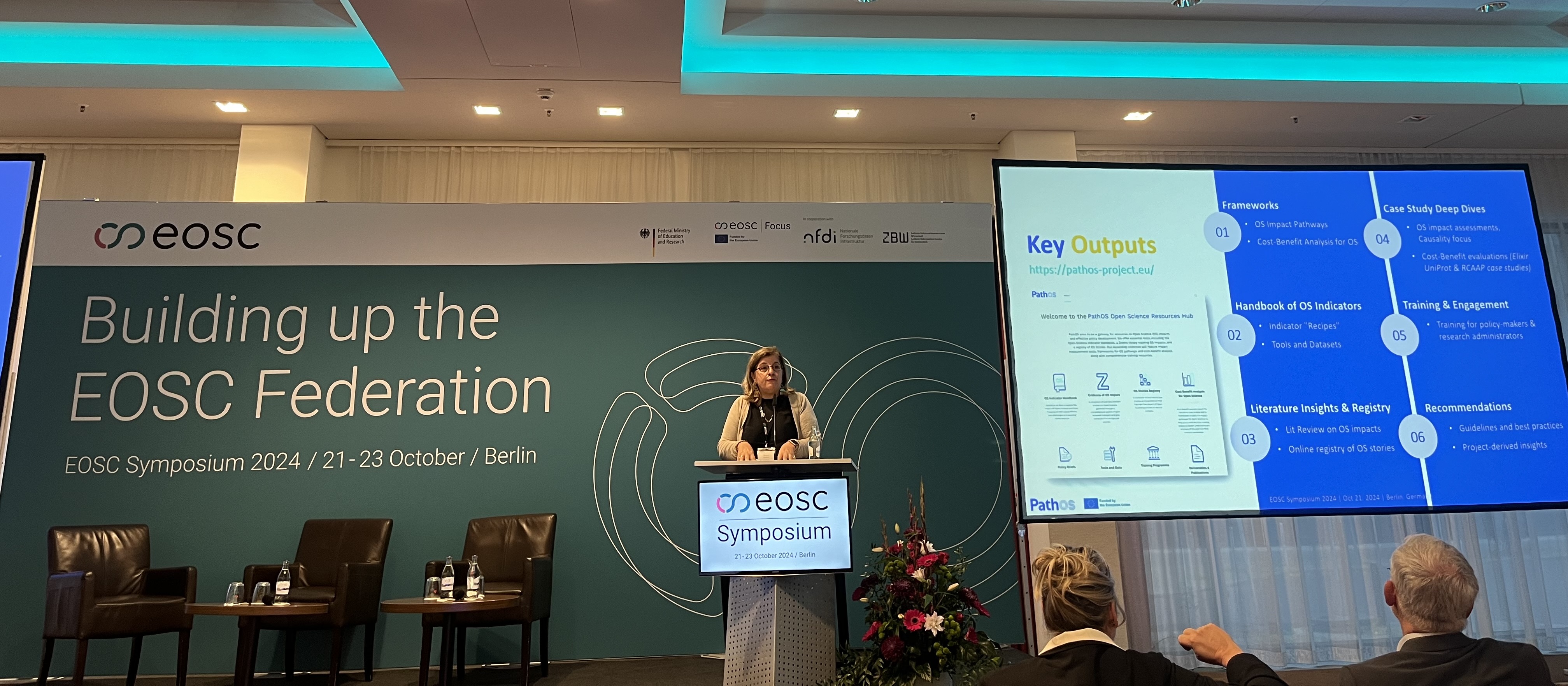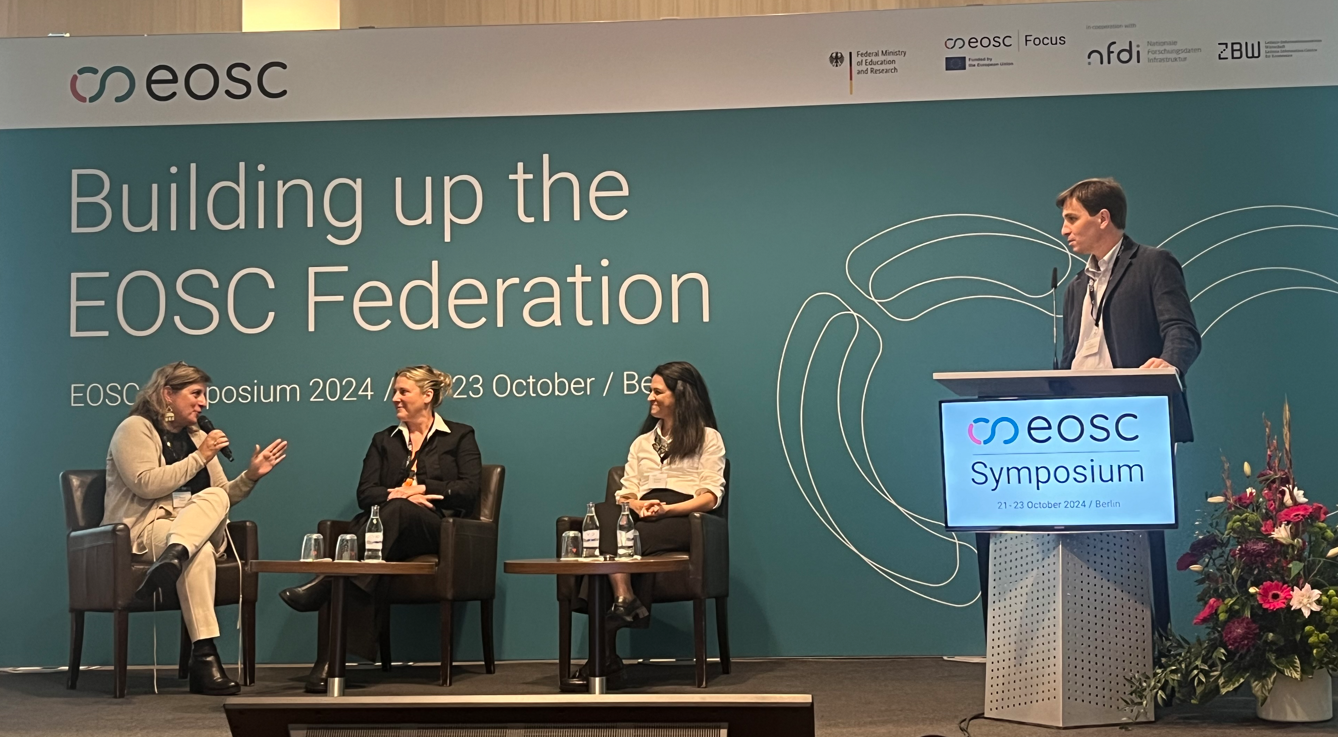Open Science Value: Costs and Benefits for Whom? How to Support Informed Investment Decisions
Open Science value: costs and benefits for whom? How to support informed investment decisions
Blog post written by Claudia Santoro (CSIL)
As open access, open data, and open infrastructure policies continue to gain momentum, a crucial question arises: what value do they truly create—and for whom? Answering this question is essential for guiding informed public investments, designing resilient infrastructure, and ensuring long-term sustainability.
To address this need, the PathOS project offers a tailored Cost-Benefit Analysis (CBA) framework for evaluating Open Science practices. Developed by CSIL, this approach provides a systematic and comprehensive assessment of Open Science impacts—accounting not only for benefits but also for associated costs, and critically, comparing them to a scenario where Open Science is not available.
Explore the methodology – PathOS Deliverable D4.1 on Zenodo
How does this work in practice? Piloting the Framework on two open science practices: UniProt and RCAAP
To test and refine the CBA framework, PathOS applied it to two real-world Open Science practices:
- UniProt - a freely accessible knowledge base resource that provides curated annotations on protein functions, domains and modifications, along with advanced tools for searching, analysis and visualisation;
- RCAAP - a shared infrastructure that provides public access to Portuguese scientific literature and supports institutional repositories.
The assessment relied on a variety of data collection and analytical approaches, including desk research, user surveys, focus groups, publication and patents’ citation analysis.
Key findings
UniProt:
- Efficiency gains: UniProt helps users avoid redundant work and reduces data creation costs. The time saved translates into an estimated value of €373–565 million per year.
- Scientific and industrial relevance: Cited in over 15,200 publications and 183,000 patent documents, UniProt contributes to the generation of new knowledge and the acceleration of innovation.
- Catalyst for innovation: UniProt supports the emergence of spin-offs and start-ups in the life sciences, particularly those offering data analysis, interpretation, and manipulation services.
- Global impact: UniProt contributes to achieving SDG 3 (Good Health and Well-being) and SDG 2 (Zero Hunger), with a high concentration of citations in the medical and biological sciences.
- Irreplaceable resource: Nearly 60% of surveyed users said they could not have recreated the same data—underscoring UniProt’s critical value.
These findings confirm that open biodata infrastructures like Uniprot can accelerate scientific discovery, support global innovation, and help address societal challenges, highlighting the importance of sustained investment in open, community-driven scientific resources.
RCAAP:
- Increased visibility and equity: RCAAP has made over 1 million documents openly accessible, with 96% of users coming from Portugal and Lusophone countries.
- Institutional and economic value: The number of participating institutions increased from 14 to 52, with total benefits estimated to exceed costs by 33% over 2006–2026 period.
- Support for SDGs: By enabling access to 40% of Portuguese academic research, RCAAP contributes directly to SDG 4 (Quality Education).
- Improved policy compliance: RCAAP supports the monitoring and coordination of open access mandates, helping to prevent infrastructure fragmentation across the research landscape.
These findings illustrate how repository networks play a strategic role in making Open Science operational and equitable.
Why it matters: turning evidence into action for Open Science
The PathOS CBA framework isn’t just a conceptual model—it’s a decision-support tool. It empowers research infrastructures, funders, and policymakers to:
- Demonstrate value to stakeholders and funders
- Prioritise investment in open practices and services
- Design better policies and support mechanisms
- Build narratives grounded in robust, empirical evidence
By integrating quantitative metrics (like publications, citations, and patents) with qualitative insights from users and stakeholders, the framework offers a clear, credible picture of how Open Science generates real-world impact.
What’s Next?
The full UniProt and RCAAP case study reports, along with a synthesis report highlighting cross-case lessons and policy recommendations, are now publicly available.
To support wider communication and engagement, dedicated factsheets summarising the key findings of each case study were also produced and are available alongside the full reports.
The refined CBA framework for Open Science will be published in July.
Follow @PathOS_EU on Twitter, LinkedIn and BlueSky to stay updated on our work—and join the conversation about how we can better understand and demonstrate the value of open science.
